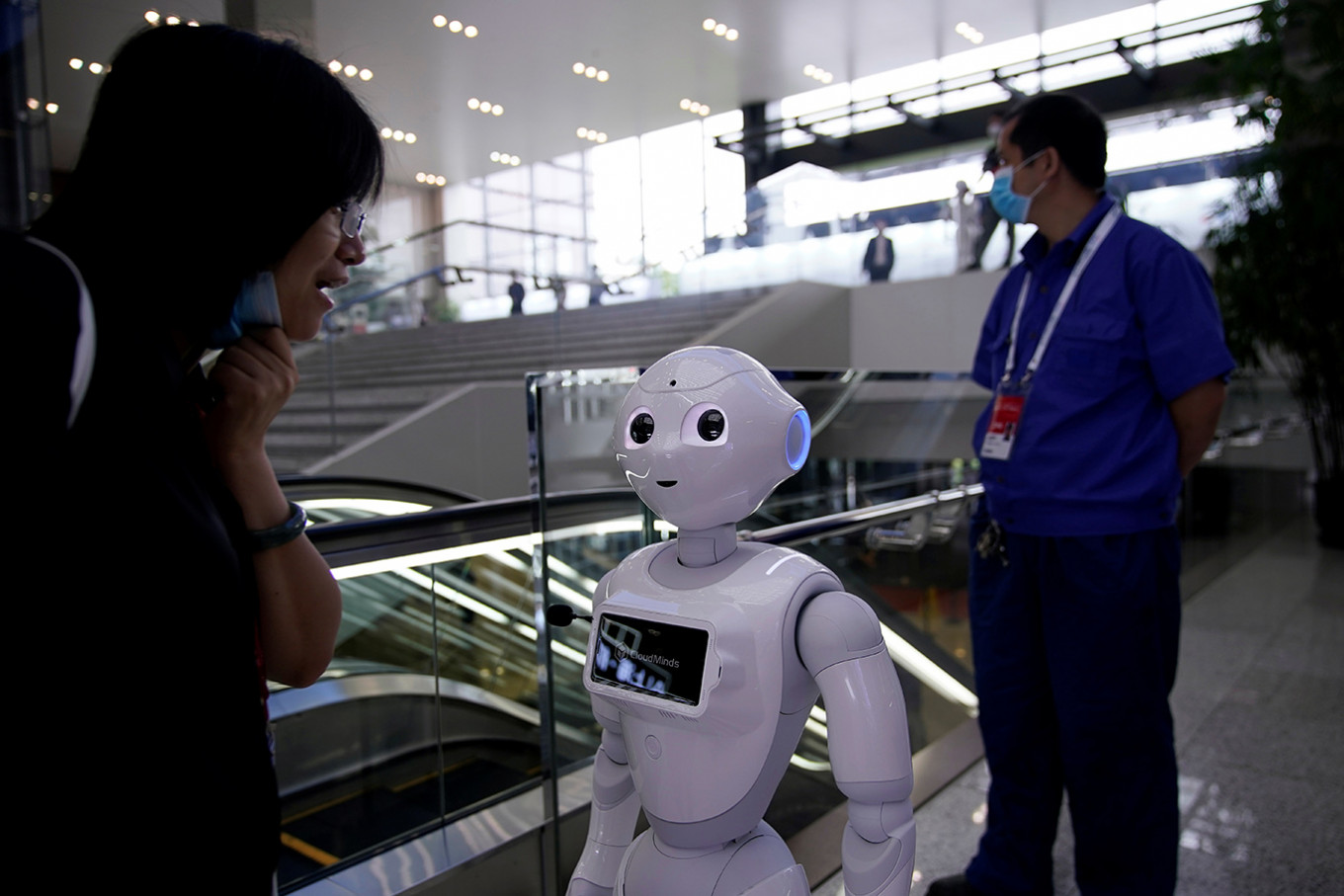
Business drivers have evolved dramatically over the first year of the corona virus pandemic. With heightened volatility on both the supply and demand side, energy companies are more focused than ever on leveraging cloud, Internet of Things (IoT), artificial intelligence (AI) and analytics to drive real-time flexibility, efficiency, availability and sustainability.
But it is not only technology that will herald a new frontier in industrial productivity. Just as important is the growing level of human interaction with connected AI and data-driven software.
Post-pandemic, four key areas have emerged as business imperatives for the new normal.
As capital investments shrink, companies need to reevaluate projects for viability, return on investment and to reduce total installed cost. Consequently, operators must revisit traditional work processes and information exchange to enable an entirely new modus operandi of engineering.
With remote teams requiring better context and deeper data access to supervise operations, collaborate and make decisions, there is a heightened need for better visualization and contextual analysis of operating information across the enterprise.
As operations start to become increasingly autonomous, ensuring the reliability and safe operation of critical assets with minimal supervision becomes vital. Personnel on the shop floor and in the field will increasingly require work-task enablers and aids, as deep operating expertise becomes scarce.
And finally, in an environment of heightened unpredictability, companies will need to drive high levels of agility and responsiveness across value chains to minimize value leaks, optimize production and maximize profit opportunities.
The “connected worker” represents digital transformation through the eyes of the employee. To attain the true value potential of any digital transformation program, companies must give genuine focus to the needs of human staff behind the “working asset”.
Over the next decade, AI could contribute up to US$15.7 trillion to the global economy, but it is connected workers that will be the real agents of change in this scenario. According to Harvard Business Review, 80 percent of global workers have no desk and much of their work is mobile. These first-line workforces are the new focus of digital transformation.
Empowering these connected workers is imperative if companies are to help drive operational improvements in productivity, safety and collaboration as businesses become more automated. AI will also have a critical role to play in monitoring and improving remote working, team working, decision-making, wellbeing and job satisfaction for workers.
By carefully mapping personnel needs, companies can cultivate an engaged workforce that works in harmony with the firm’s digital infrastructure and goals.
As companies begin to turn to AI across every operational task and process, organizations will require additional capabilities for inference, prediction, guidance and adaptation to dynamic conditions.
Today, these capabilities are combining to create a “digital twin” for the company. The technology maps the comprehensive physical and behavioral attributes of all assets to simulate, evaluate, predict and prescribe.
Amid a landscape of increasingly autonomous operations, the connected worker will interact with the digital twin of an asset, using advanced visualization tools and work-task enablers to guide activities, ensuring efficiency and consistency. It allows anyone across the business to view data about the asset in the context of the physical asset itself and its connectivity in the plant. Together, we have created a set of multi-dimensional of digital transformation capabilities that can bring benefits to the whole sector.
Industrial IOT has created the opportunity to access unprecedented amounts of data from connected assets. With improvements in connectivity and data security, historical barriers are being lowered and the advantages of cloud deployments are being realized.
In a rapidly digitalizing world, companies will need to drive high levels of agility and responsiveness across value chains to minimize value leaks, optimize production and maximize profit opportunities. But it is the visual and human aspects of AI that will drive the real industrial software revolution.
Digital twin and connected workers will accelerate time-to-value, and allow the significant benefits of cloud and AI to become a reality.
***
The writer is vice president of asset performance management at AVEVA.
"interface" - Google News
April 20, 2021 at 01:01AM
https://ift.tt/3ap8mMG
Human interface of AI critical for industrial operations - The Jakarta Post - Jakarta Post
"interface" - Google News
https://ift.tt/2z6joXy
https://ift.tt/2KUD1V2
Bagikan Berita Ini














0 Response to "Human interface of AI critical for industrial operations - The Jakarta Post - Jakarta Post"
Post a Comment